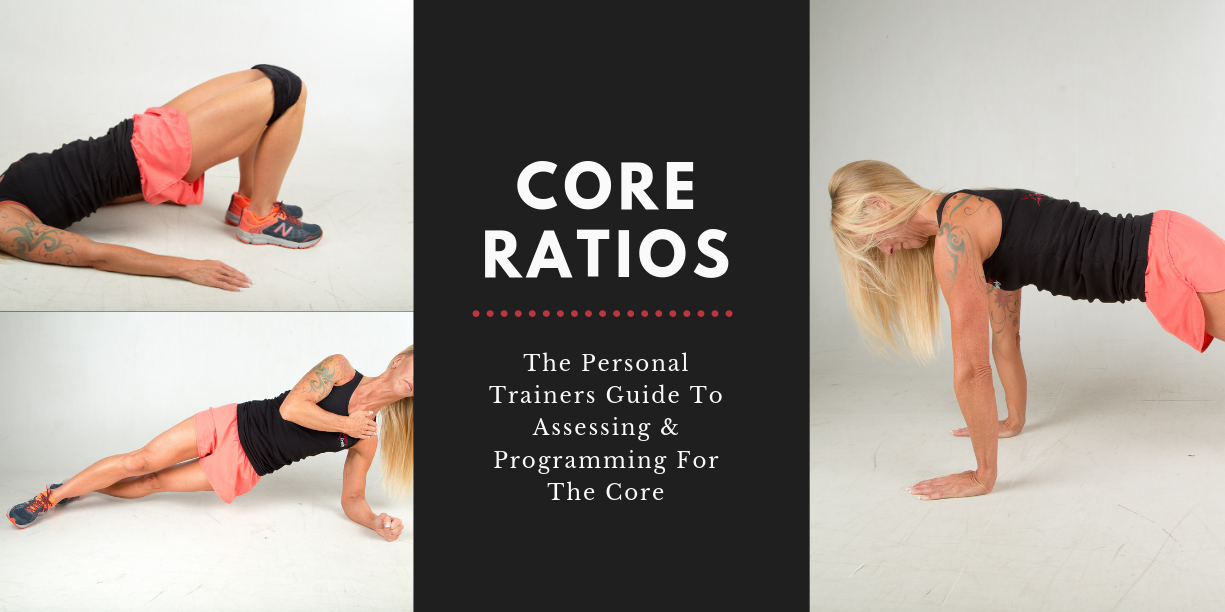



A key component of training stability and control for movement and sports is understanding the strength ratios around the trunk or core. This essential aspect of core assessment and training is often overlooked in the fitness industry. Without balanced strength ratios, clients are at a higher risk of injury.
Consider this: would you train your core by doing side bridges on only one side? It wouldn’t make sense, yet many core training programs lack balance, often focusing on flexion (e.g., plank variations) without enough extension exercises. This imbalance neglects the principle that muscles work in pairs, leading to either flexion-dominant or extension-dominant programs. To create effective core training routines, personal trainers need to measure and consider their clients’ core strength ratios.
Fortunately, Professor Stuart McGill from Waterloo University has conducted extensive research on this topic. His studies, initially involving 20 athletes and later expanding to 150 subjects of various demographics, found consistent core strength ratios.
To assess a client’s core strength ratios, follow these steps for isometric core ratio testing:
Each test should be performed in this order, timed, and observed for technique. Clients must hold each position as long as possible without encouragement to ensure natural results.
After testing, calculate the core strength ratios:
With the ratios calculated, you can design a balanced training program:
Once the ratios align with the norms, shift the focus to endurance for stability and trunk control.
Would you like to reduce your clients’ risk of injury and help them achieve even better results? Learn more about our Biomechanics Coach Diploma, which now includes a Level 4 Low Back Pain Qualification. Click here to start your journey toward becoming an expert personal trainer.